Fisheries Management Measures within Scottish Offshore Marine Protected Areas (MPAs) - Site Proposal Document
This document describes the process, justification and evidence used to develop site specific management measures. It outlines key information for each site including their features, and risks of potential pressures.
8. East of Gannet and Montrose Fields MPA
8.1 Description and background
The East of Gannet and Montrose Fields MPA as shown in Figure 10 and Figure 12, lies within a relatively shallow sediment plain comprised mainly of sand and gravel habitats that support a range of benthic species including ocean quahog (Arctica islandica). Examples of the protected features are shown in Figure 11.
The majority of the seabed within the MPA is dominated by sands and gravels, which are the preferred habitat of ocean quahog (Witbaard & Bergman, 2003; Sabatini & Pizzolla, 2008). These animals can live for more than 400 years and are one of the longest living creatures on Earth (Ridgway & Richardson, 2011).
The MPA also protects a coherent example of deep-sea mud. This is one of the few examples of Atlantic-influenced offshore deep-sea mud habitats on the continental shelf in this region. Many types of polychaete and mollusc live buried in the mud and provide an important food resource for passing fish.
Three seapen species are present across the MPA with the phosphorescent seapen (Pennatula phosphorea) being most abundant, but mainly restricted to the deep-sea muds. Virgularia mirabilis is found across the entire site and the tall seapen (Funiculina quadrangularis) is mainly found in the sandy sediments.
Further information can be found in the Site Information Centre.
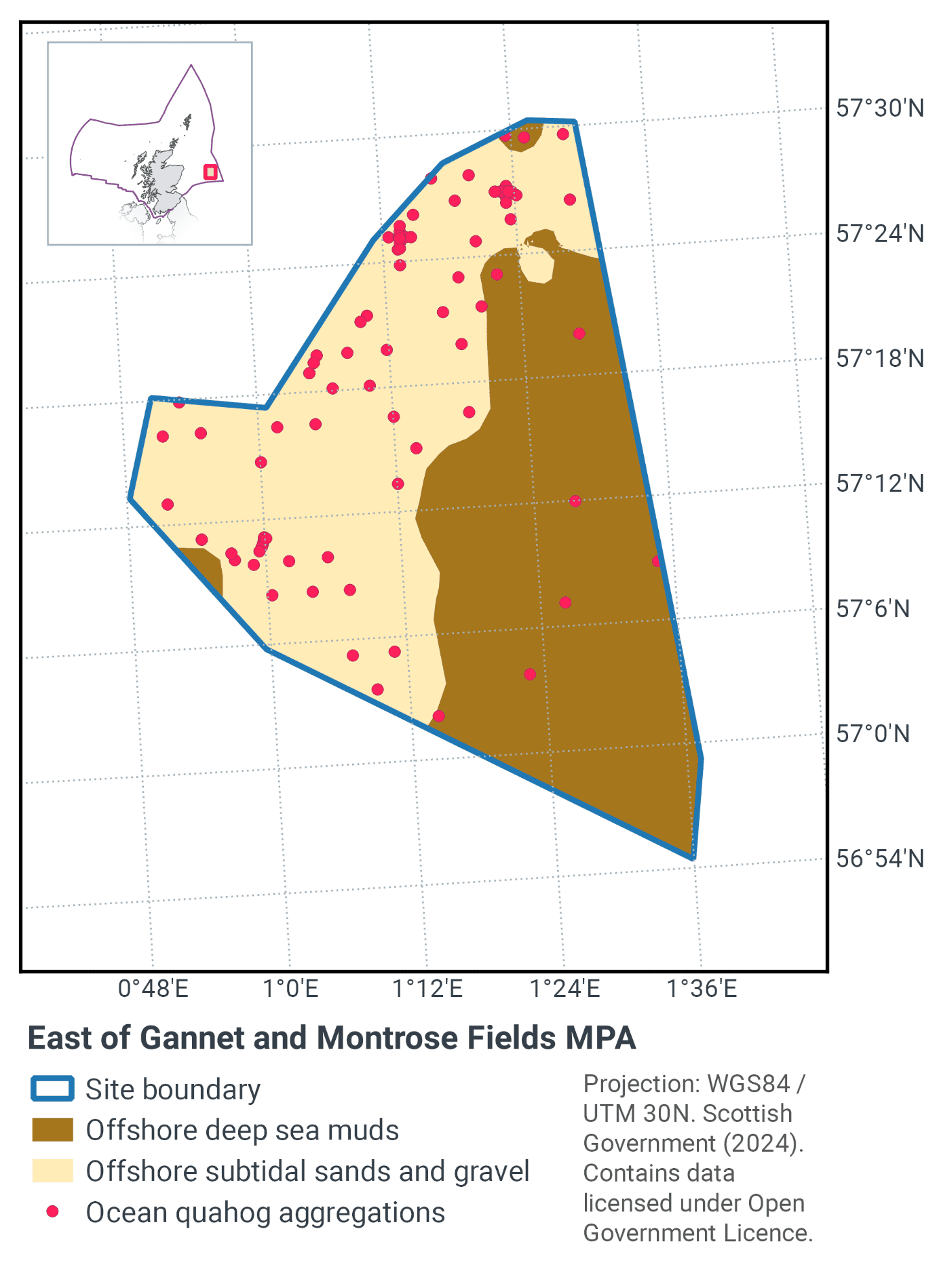
8.2 Site Features
The East of Gannet and Montrose Fields MPA is designated for the following protected feature:
- Offshore deep-sea muds
- Ocean Quahog aggregations (including sands and gravels and their supporting habitat)
The MPA makes a contribution to the OSPAR network for the protection of ocean quahog, considered to be Threatened and/or Declining in OSPAR Region II (Greater North Sea).
More information regarding the site selection process for the East of Gannet and Montrose Fields MPA is available in the detailed assessment against the Scottish MPA Selection Guidelines document.
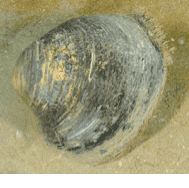
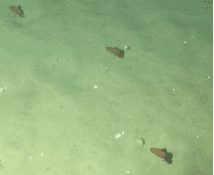
Figure 11. Example images of the protected features, representative of those within the East of Gannet and Montrose Fields MPA a) ocean quahog (Arctica islandica) (©Crown Copyright 2014, image provided by DOENI) and b) Phosphorescent sea-pens (Pennatula phosphorea) and hag fish (Myxini) on offshore subtidal sands and gravels. ©JNCC/Marine Scotland Science.).
8.3 Site Boundary
The boundary of the East of Gannet and Montrose Fields MPA has been set in accordance with the boundary principles outlined in the MPA selection Guidelines.
The MPA boundary has been drawn to focus on survey records of ocean quahog and to include areas of sediments considered suitable for ocean quahog colonisation. Ocean quahog are typically found below the surface of medium-to fine-grained sand, sandy mud and silty-sand (Sabatini & Pizzolla, 2008), in water depths from 4 to over 400 m (Witbaard & Bergman, 2003).
8.4 Conservation objectives
JNCC’s view on the overall condition of the site’s qualifying features is they are in unfavourable condition and therefore need to be restored to favourable condition.
The conservation objectives for the East of Gannet and Montrose Fields Nature Conservation Marine Protected Area (NCMPA) are that the protected features:
- so far as already in favourable condition, remain in such condition; and
- so far as not already in favourable condition, be brought into such condition, and remain in such condition
The full conservation advice documents can be found on the JNCC website. This includes the formal conservation advice for the site, background information and the full conservation objectives.
8.5 Pressure from demersal mobile fishing gear
Studies have shown that areas of mud habitats (which includes offshore deep-sea muds) subject to mobile fishing activity may support a modified biological community with lower diversity, reduction or loss of long-lived filter-feeding species and increased abundance of opportunistic scavengers (Ball et al., 2000; Tuck et al., 2000). This effect was greatest in the more heavily fished offshore areas suggesting that impact is related to the intensity of fishing (Ball et al., 2000). Furthermore, modelling studies suggest that the greatest impact is produced by the first pass of a trawl (Hiddink et al., 2006).
Evidence suggests that ocean quahog can be caught or damaged by beam trawls (Witbaard and Klein 1994; Klein & Witbaard 1993), with an individual pass of the gear causing around 20% mortality (Bergman and van Santbrink 2000). Population density has been found to be inversely related to beam trawling effort (Craeymeersch et al, 2000).
There is insufficient evidence to assess the mortality at a population level caused by otter trawling on ocean quahog. No evidence was found on the effects of shellfish dredging. However, the physical effects of scallop dredging on seabed sediments are similar to those of beam trawls (penetration to depths >5 cm) and so the effects on ocean quahog are likely to be similar.
Hydraulic gears penetrate sediments more deeply than other gears and so could be expected to cause a greater mortality, particularly where ocean quahog is the target species (although there is no known direct exploitation of the species in UK waters).
As with demersal trawls and dredges, demersal seines may impact the structure and function of sedimentary habitats and the long-term survival of their associated species. There are currently no direct studies on the physical impacts of demersal seines. Modelling studies suggest that demersal seines have a large overall footprint (i.e. the surface area covered during one hour fishing) (Eigaard et al. 2016). Hiddink et al. (2017) suggest that depletion of biota is highly correlated with seabed penetration depth by trawls. Seines lack the heavy gear components (e.g. otter doors, trawl shoes) of other mobile demersal mobile and demersal static gears (Suuronen et al. 2012; Donaldson et al. 2010) and therefore, despite the relatively large footprint, impacts associated with penetration into the sediment are likely to be lower. Eigaard et al. (2016) modelled surface (<2cm) and subsurface (>2cm) impacts and found that demersal seines have some of the smallest proportions of subsurface impact.
8.6 Pressure from demersal static fishing gear
None of the protected features within the site are considered sensitive to static gear activity. Studies on the impacts of pots on seapens have shown limited adverse effect on seapens from a ‘single’ fishing operation (Eno et al., 1996; Eno et al., 2001; Kinnear et al., 1996). However, the extent of damage and the impacts of repeated exposure to these types of fishing gear at high levels of fishing activity are less well understood (Eno et al., 2001; Adey, 2007).
If static fishing activity is low, direct impact on habitat is likely to be minimal and seabed structure is likely to be maintained in a slightly modified state (Adey, 2007). Nephrops norvegicus may be an important component of the benthic community so fisheries that greatly alter its abundance or size composition may be seen to have a negative impact.
8.7 Levels of fisheries management considered
Table 10 provides a summary of the fisheries management advice set out against the management levels that have been considered.
(Table 10) Summary of fisheries management advice for East of Gannet and Montrose Fields MPA
Fisheries management levels considered for demersal mobile gears
No additional management: There is a risk of not achieving the conservation objectives for ocean quahog aggregations and offshore deep-sea muds.
Reduce / limit pressures: This level of management would reduce, but not entirely eliminate, the risk of not achieving the conservation objectives for offshore deep-sea muds and ocean quahog aggregations. Appropriate management for ocean quahog could include restrictions on gears known to impact the species, such as scallop and hydraulic dredging. Appropriate management for offshore deep-sea muds could include closure of a proportion of the area where the feature occurs to damaging gears. Restrictions could be permanent in some cases or temporary/adaptive in others.
Remove / avoid pressures: This level of management would reduce the risk of not achieving the conservation objectives for offshore deep-sea muds and ocean quahog aggregations to the lowest possible levels.
Fisheries management levels considered for demersal static gear
No additional management: It is unlikely that any additional management of static gear activities will be required, as the risk of not achieving the conservation objectives for offshore deep-sea muds and ocean quahog aggregations associated with these activities is minimal. Static gear activity is not believed to take place within the MPA at the current time; however, if it were to start and monitoring showed evidence of detrimental effects, it may be necessary to apply limits in the future.
8.8 Proposed fisheries management and rationale
Table 11 and Figure 12 provide details of the proposed fisheries management approach and further explanation is provided. Figure 13 shows the proposed fisheries management for full site prohibitions.
Protected feature |
Gear type |
Proposed management |
Measures |
|---|---|---|---|
Offshore deep-sea muds, Ocean quahog aggregations (including sands and gravels as their supporting habitat) |
Demersal mobile (excluding seines) |
Reduce / limit pressure |
Mechanised dredge and beam trawling prohibited throughout site. Bottom trawling restricted on a zonal basis. No restriction on seines. No restriction on static gears. |
Demersal static |
No additional management |
No demersal static gear measures applied |
A gradient of fisheries management is proposed for this MPA. The heaviest gears – beam trawl and dredge – are to be excluded from the full site. Although these gears are not currently utilised in the MPA, a precautionary approach is being taken as they are the gears likely to have a significant impact on the ocean quahog population. Ensuring a healthy population within the MPA helps to fulfil the OSPAR obligation to recover the population in the Greater North Sea.
A zonal management approach is proposed for demersal mobile trawling which allows access to the main fishing ground within the MPA. These gears have a lower impact on ocean quahog than dredge and beam trawling and therefore proportionate management to protect the sedimentary habitats is sufficient. Seine net and static gear fisheries are not encompassed in these measures due to the low impact on the protected features meaning they are not a threat to achieving the conservation objectives.
The measures should also further progress towards Good Environmental Status in the Greater North Sea, particularly in relation to Descriptors 1 (biological diversity) and 6 (sea-floor integrity).
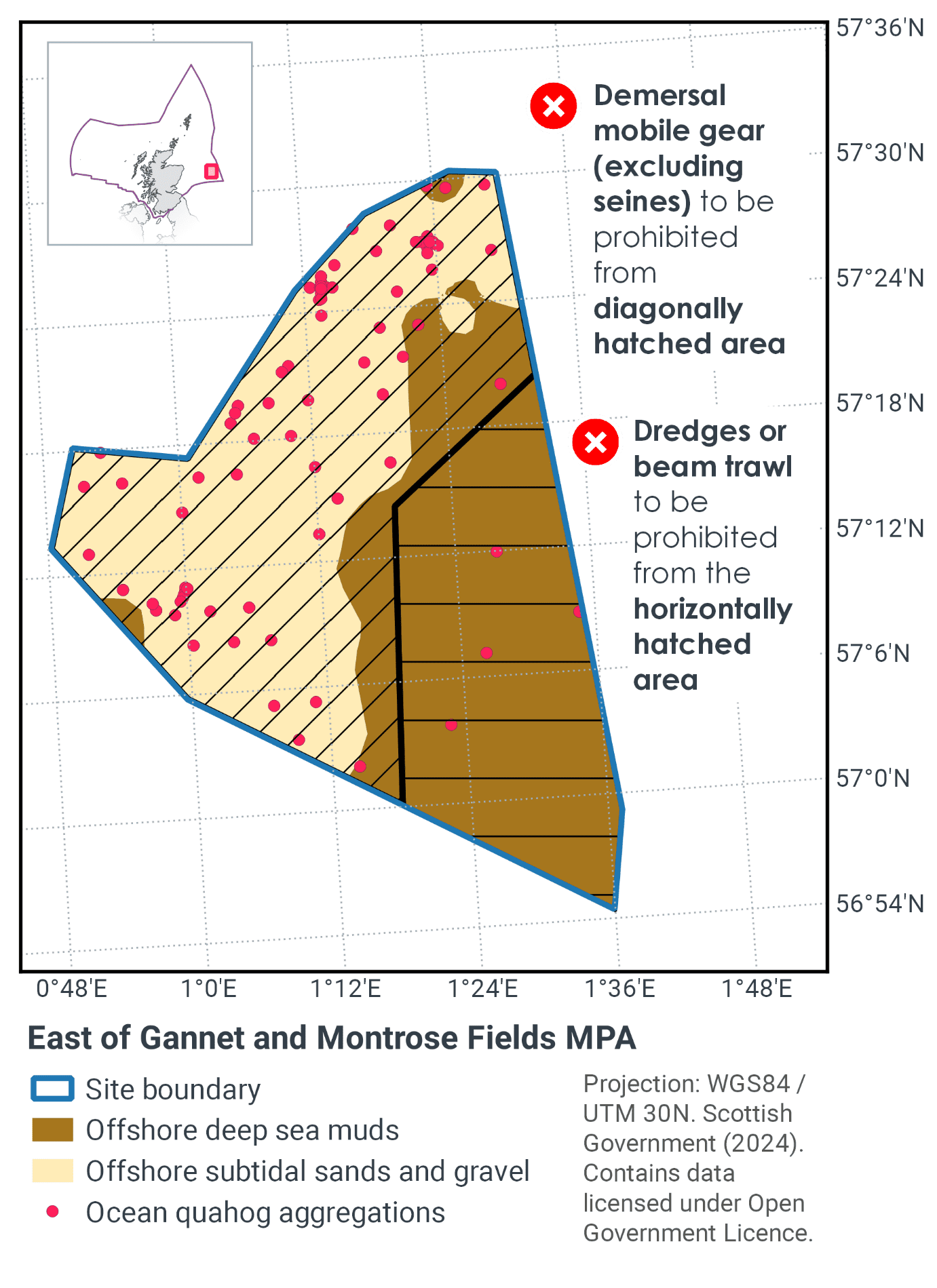
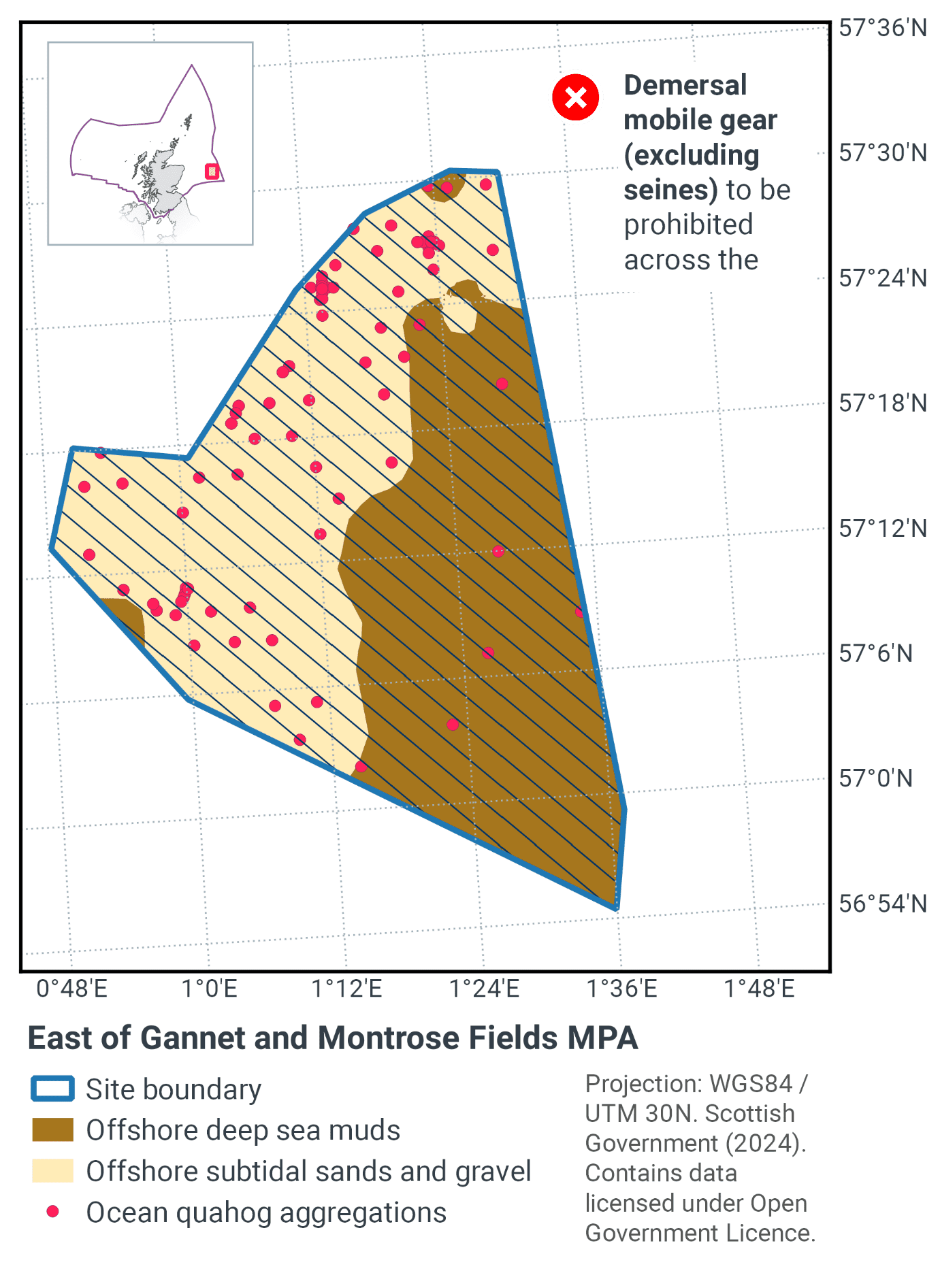
Contact
Email: marine_biodiversity@gov.scot
There is a problem
Thanks for your feedback